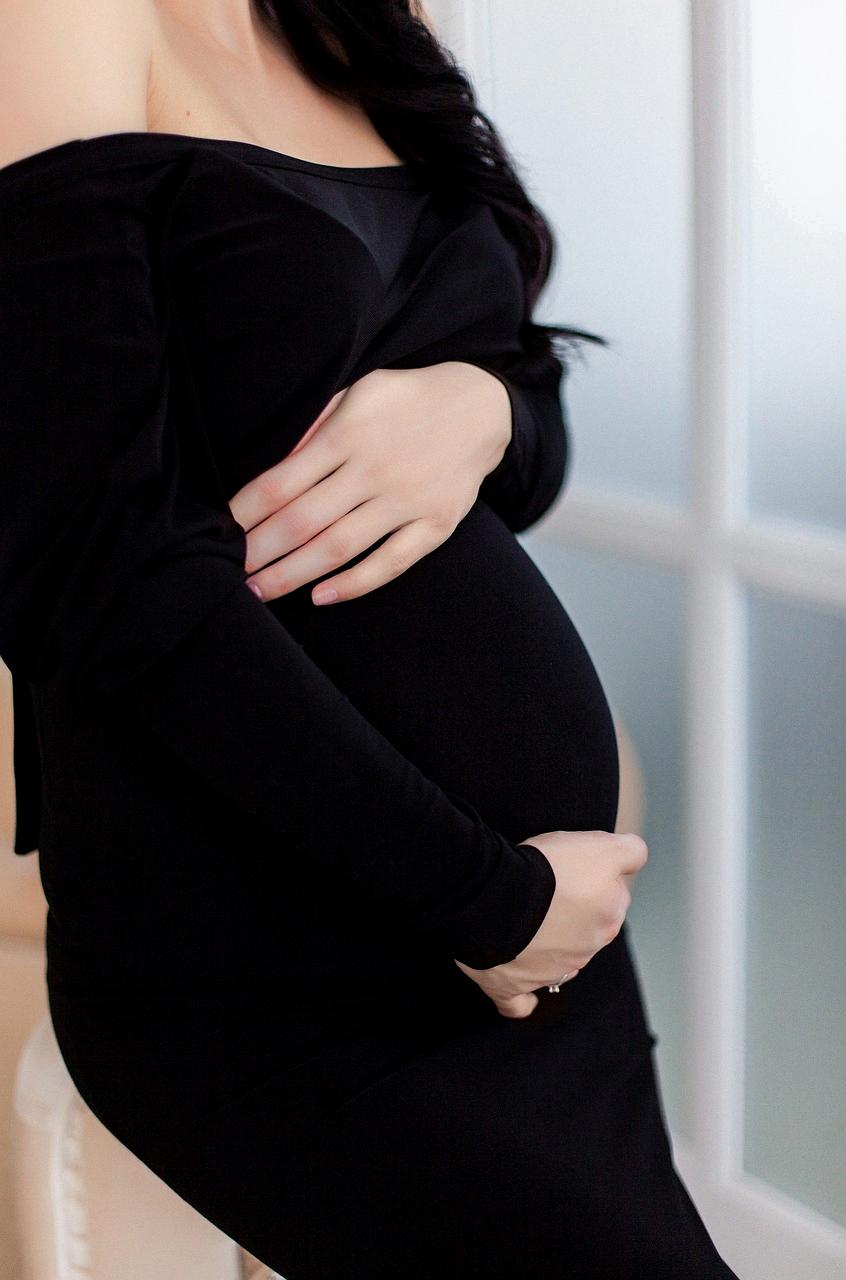When it comes to considering the risks associated with having a baby after a cesarean section, it’s crucial to understand that while most pregnancies following a c-section are successful, there are certain potential complications that women should be aware of. One of the primary risks is the possibility of the scar from the previous c-section opening up during labor, which is known as uterine rupture.
Uterine rupture is a serious concern as it can lead to life-threatening complications for both the mother and the baby. In some cases, a uterine rupture may result in excessive bleeding, which requires immediate medical intervention to prevent further complications. It’s essential for healthcare providers to monitor women who have had a previous c-section closely during labor to detect signs of uterine rupture early.
Another risk associated with having a baby after a c-section is the potential for the placenta to be abnormally attached to the wall of the womb, a condition known as placenta accreta. This complication can make it challenging to deliver the placenta after childbirth and may increase the risk of postpartum bleeding. Women who have had a prior c-section are at a higher risk of experiencing placenta accreta compared to those who have not had a previous cesarean.
In addition to uterine rupture and placenta accreta, women who opt for a vaginal birth after c-section (VBAC) also face the risk of uterine scar dehiscence, which is the partial separation of the uterine scar from a previous c-section. While uterine scar dehiscence is less severe than a complete uterine rupture, it can still lead to complications during labor and delivery, such as abnormal bleeding or the need for an emergency c-section.
It’s important for women considering a vaginal birth after c-section to discuss the potential risks and benefits with their healthcare provider to make an informed decision about their delivery options. Healthcare providers will assess the individual’s medical history, the type of c-section incision, and other factors to determine the suitability of a VBAC.
Aside from the physical risks associated with having a baby after a c-section, there are also emotional and psychological factors to consider. Some women may experience anxiety, fear, or trauma related to their previous c-section, which can affect their decision-making process regarding future pregnancies and delivery options.
Support from healthcare providers, family members, and mental health professionals can be invaluable in helping women navigate the emotional challenges of planning for a subsequent pregnancy after a c-section. Open communication, counseling, and access to resources for coping with trauma or anxiety are essential components of holistic care for women in this situation.
As with any aspect of pregnancy and childbirth, it’s essential for women to receive comprehensive prenatal care and to work closely with their healthcare team to address any concerns or questions they may have regarding the risks associated with having a baby after a c-section. Regular prenatal check-ups, monitoring of fetal development, and discussions about delivery options are crucial in ensuring the health and well-being of both the mother and the baby.
Ultimately, the decision to have a baby after a c-section involves weighing the potential risks and benefits based on individual circumstances and medical considerations. By staying informed, communicating openly with healthcare providers, and seeking support as needed, women can make confident and empowered choices regarding their reproductive health and childbirth experiences.

